Quang Ninh’s natural conditions and natural resources
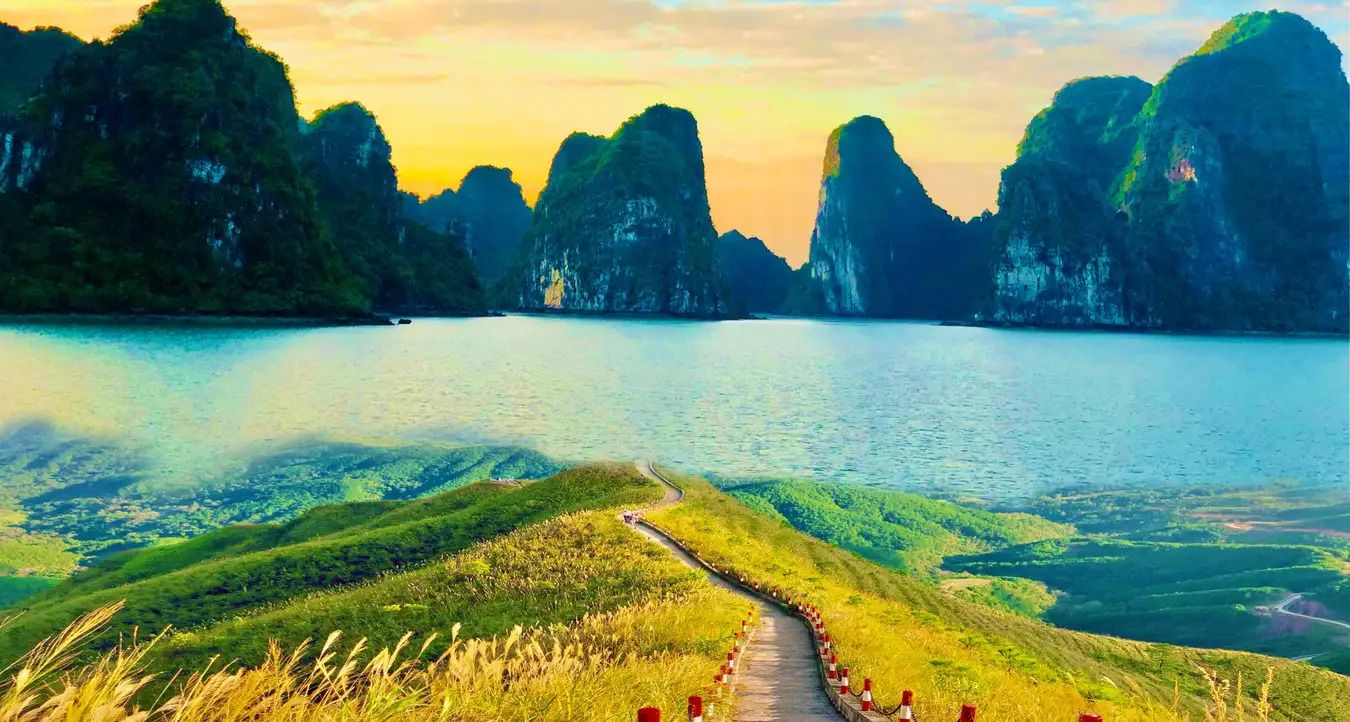
GEOGRAPHY
Quang Ninh Province is situated in Vietnam’s northeastern region, with an important location in terms of geopolitics, economics and foreign relations, and an especially important location in terms of defence and security.
Quang Ninh ranges from latitude 20o40’ north to latitude 21o40’ north, and from longitude 106o26’ east to longitude 108o31’ east. It borders China to the north, Hai Phong to the south, the sea to the east, Lang Son and Bac Giang to the west and northwest, and Hai Duong to the west and southwest.
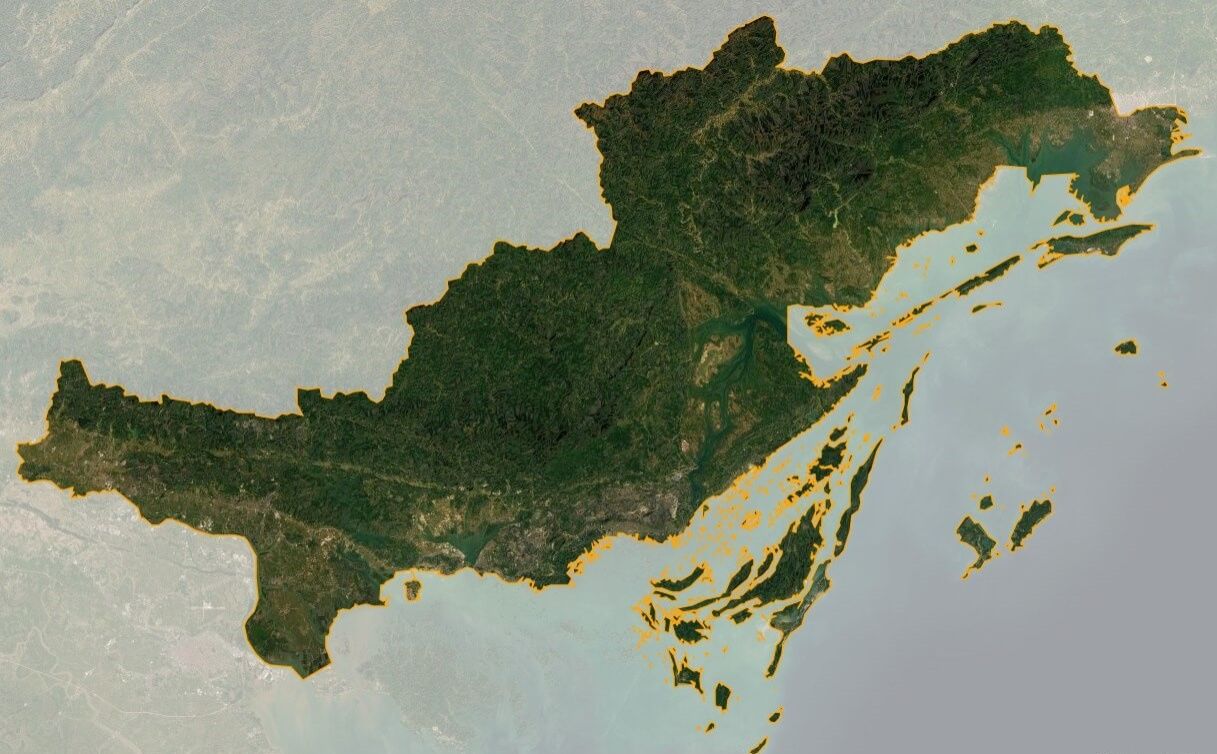
Satellite map of Quang Ninh Province
Satellite map of Quang Ninh Province
Quang Ninh has a total area of 12,000 km2, including 6,206.9 km2 of land area and the sea surface area with the outer boundary six nautical miles from the line of average lowest sea level as specified by the Ministry of Natural Resources and Environment. Four fifths of the province’s land area are mountains and hills. The province extends 195 kilometres from east to west and 102 kilometres from north to south.
Quang Ninh is comprised of 13 district-level administrative units, including four cities (Ha Long, Uong Bi, Cam Pha and Mong Cai), two towns (Quang Yen and Dong Trieu) and seven districts (including two island districts), with a total of 177 communes, wards and townships. Ha Long City is the political, administrative, economic and cultural centre of Quang Ninh Province, and is also home to the World Heritage site of Ha Long Bay.
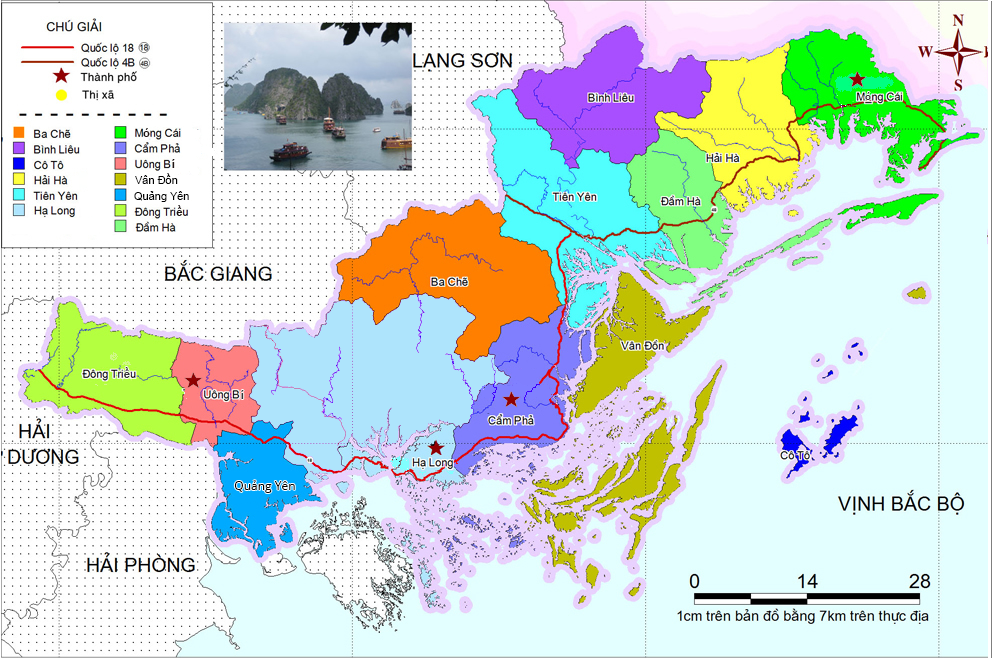
With its distinctive geography, Quang Ninh is regarded as a transnational and inter-regional gateway.
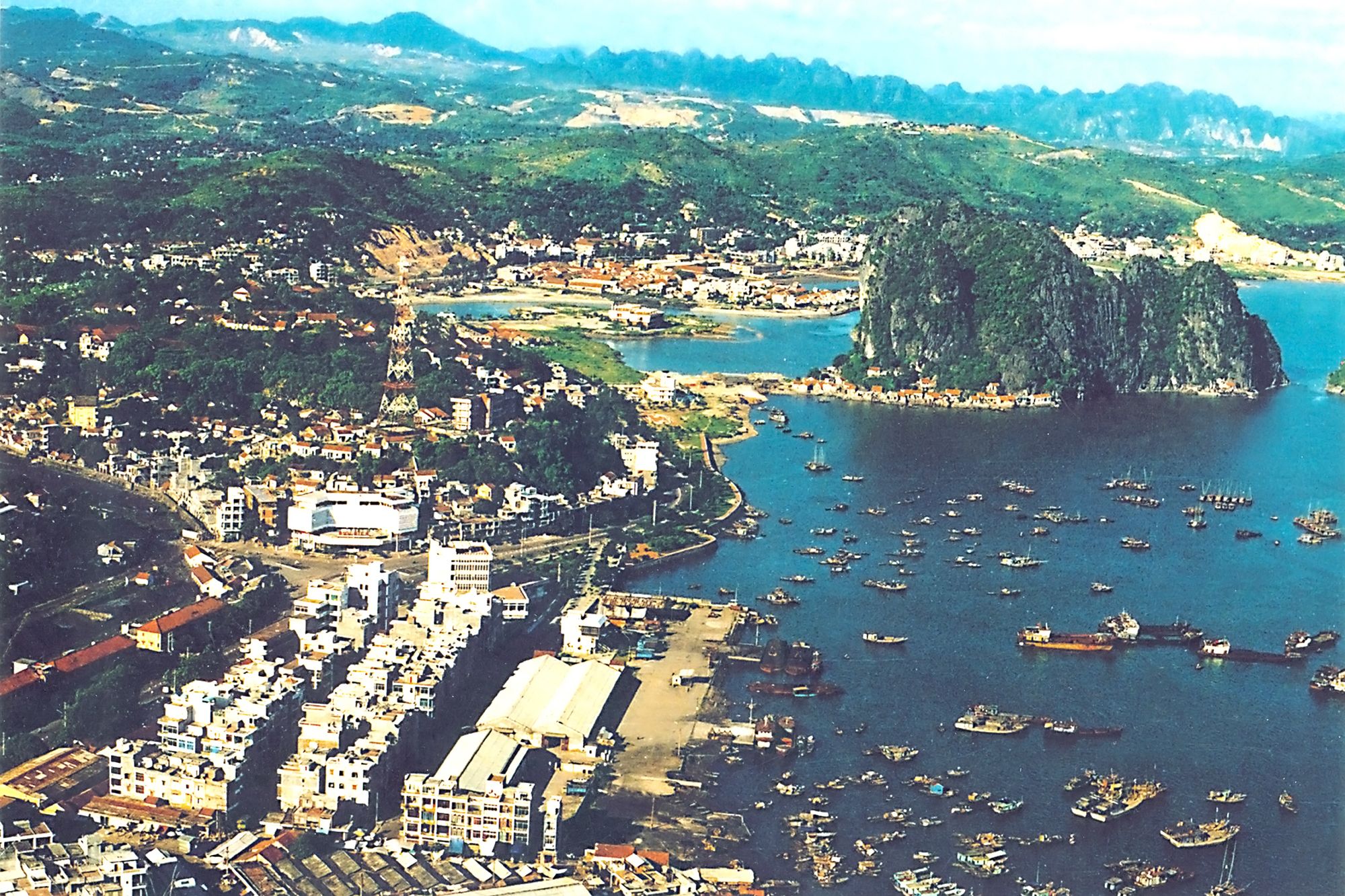
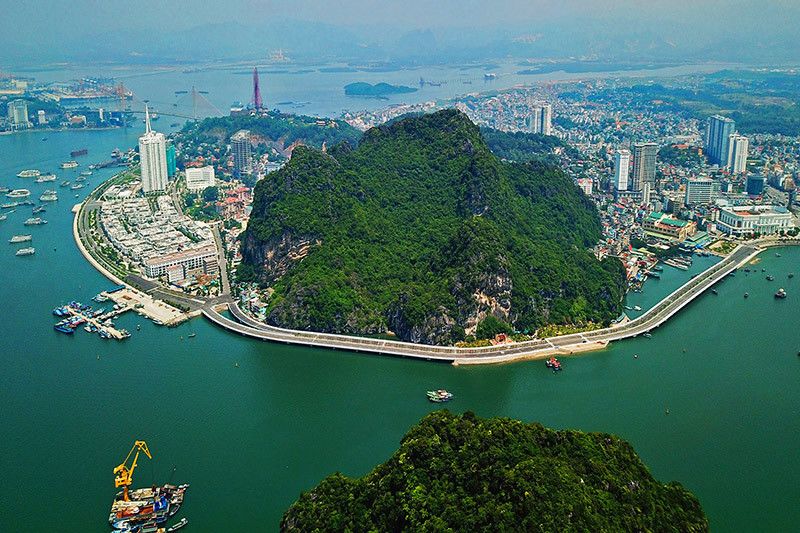
Quang Ninh is regarded as a transnational and inter-regional gateway.
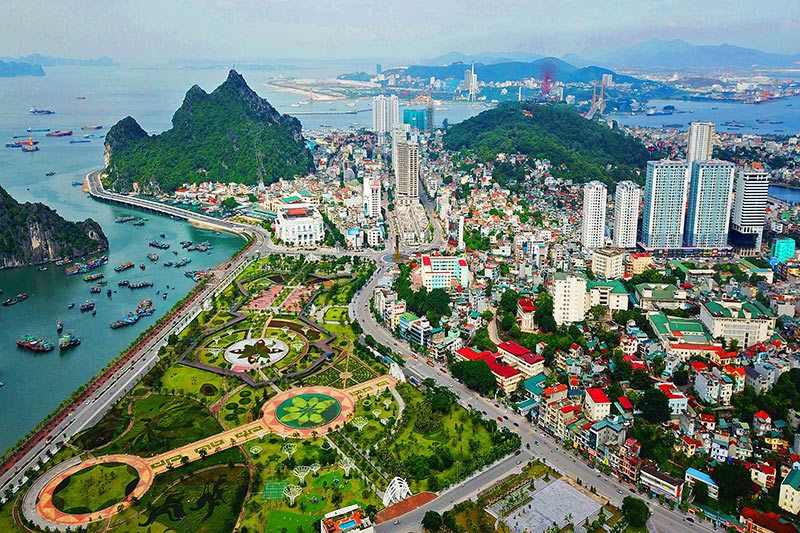
First gateway: Quang Ninh is the only locality in Vietnam having both sea and land borders with China. Therefore, Quang Ninh is located within the “Two Corridors One Belt” cooperation region between Vietnam and China, which includes the two corridors: Kunming – Lao Cai – Hanoi – Hai Phong – Quang Ninh and Nanning – Pingxiang – Lang Son – Hanoi – Hai Phong – Quang Ninh, and the Gulf of Tonkin Economic Belt.
Second gateway: Quang Ninh is the gateway linking the Red River Delta Region and the Northern Mountainous Midland Region. Although economically Quang Ninh belongs to the Northern Key Economic Region, the majority of its area belong to the Northeastern Mountainous Region.
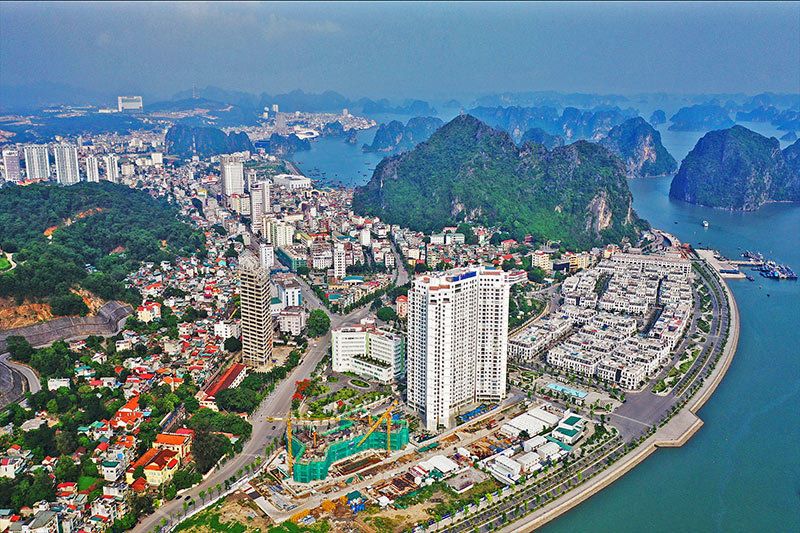
Third gateway: Along with Hai Phong, Quang Ninh is a gateway to the sea for the entire northern region. The route traversing Quang Ninh provides the fastest route to the sea from Bac Giang and Lang Son, the two most dynamic economies in the Northern Mountainous and Midland Region.
Along with Hanoi and Hai Phong, Quang Ninh has been considered a pole in the development triangle of the Northern key economic region. In particular, Quang Ninh is adjacent to Hai Phong, creating a pair of localities that complement and develop each other, forming a strong maritime centre for Vietnam.
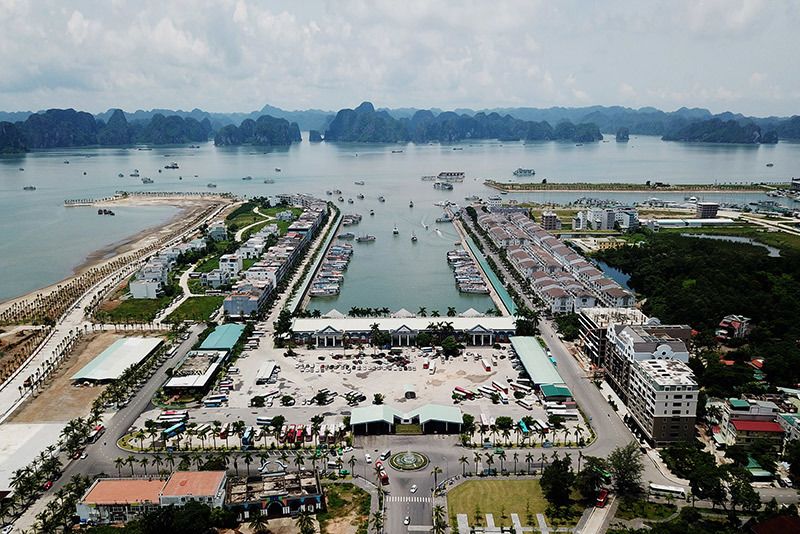
These important factors create favourable conditions for Quang Ninh to develop industries, promote export-oriented product processing, and become a logistics and service centre, which effectively serves the entire region’s economic development.
Quang Ninh has a favourable geographic location for both domestic and international cooperation, in the economic, industrial, trade and tourism development, via land, waterways and air, especially with China, as well as localities in the Northern key economic region.
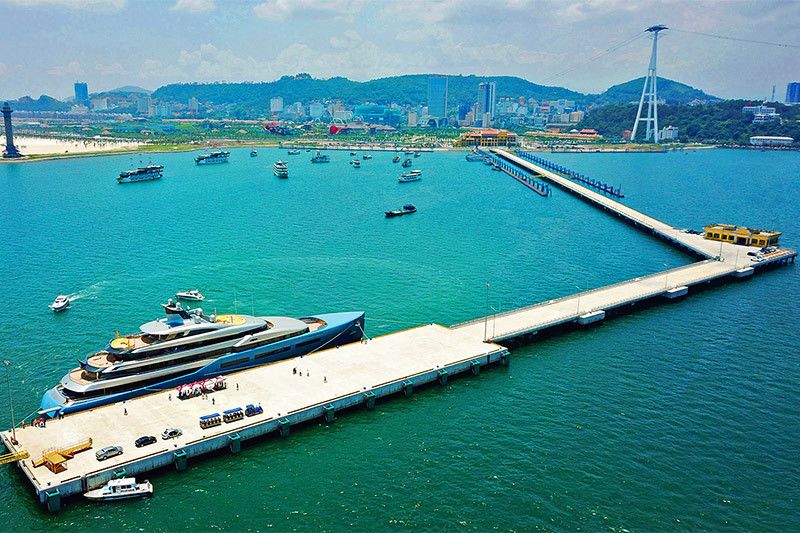
However, with its border location and wide borders, both at sea and on land, Quang Ninh must face problems arising in national defence and security, such as smuggling, illegal immigration and border disputes.
Along with Hanoi and Hai Phong, Quang Ninh has been considered a pole in the development triangle of the Northern key economic region.
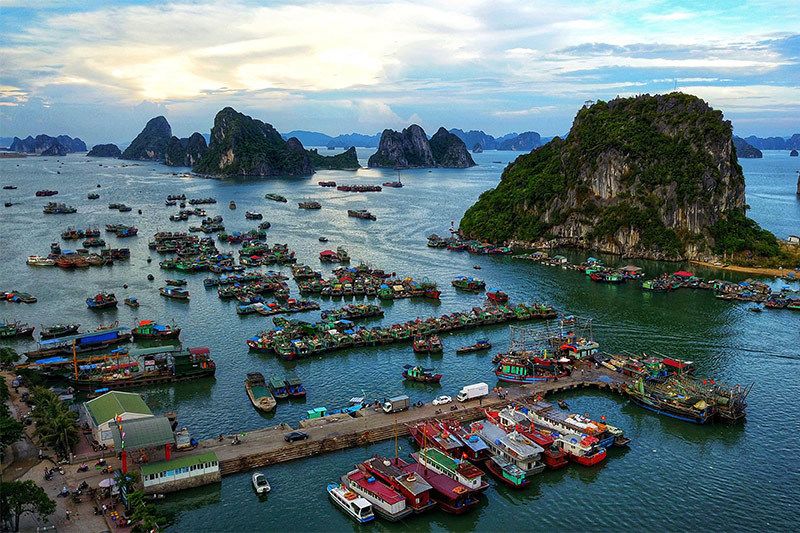
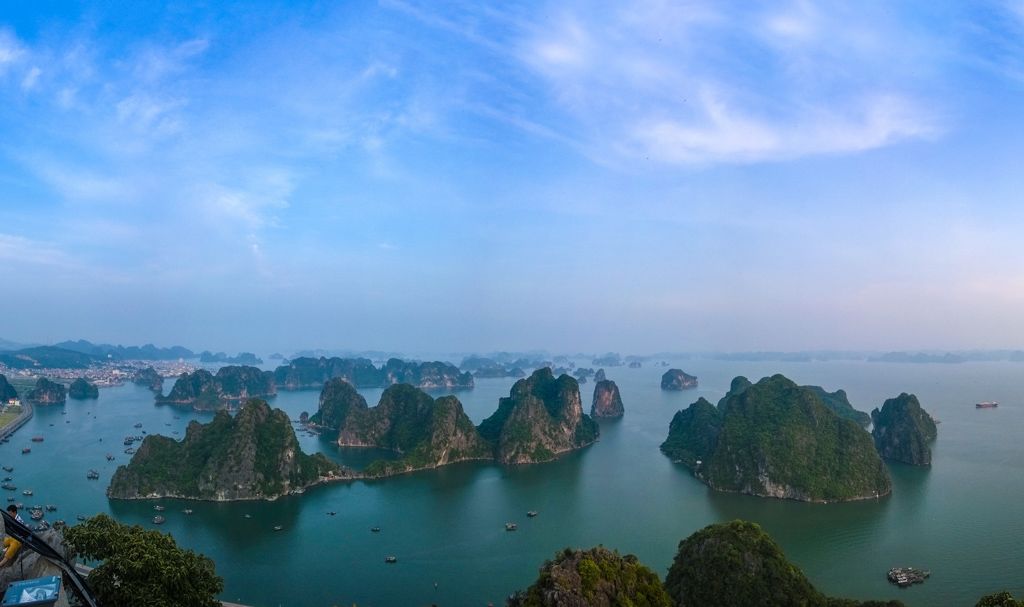
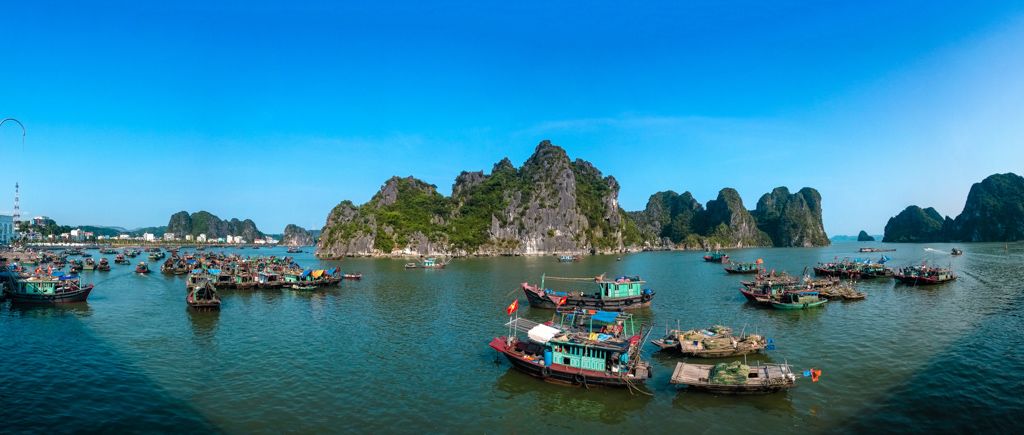
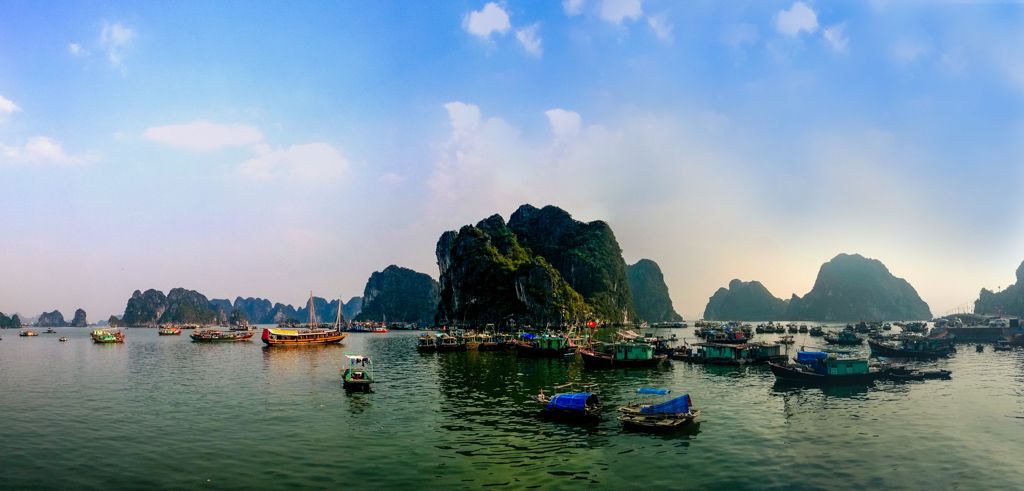
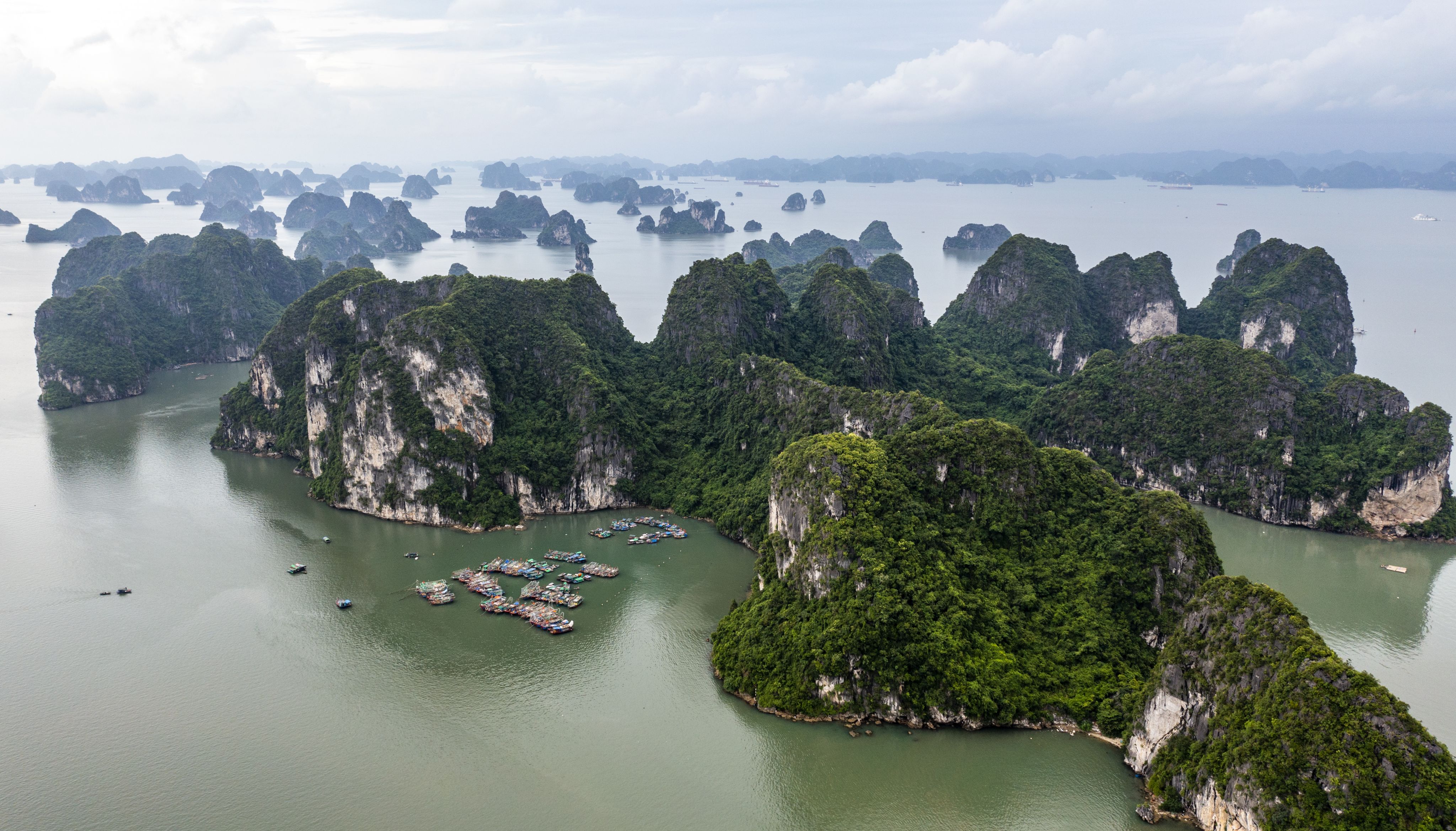
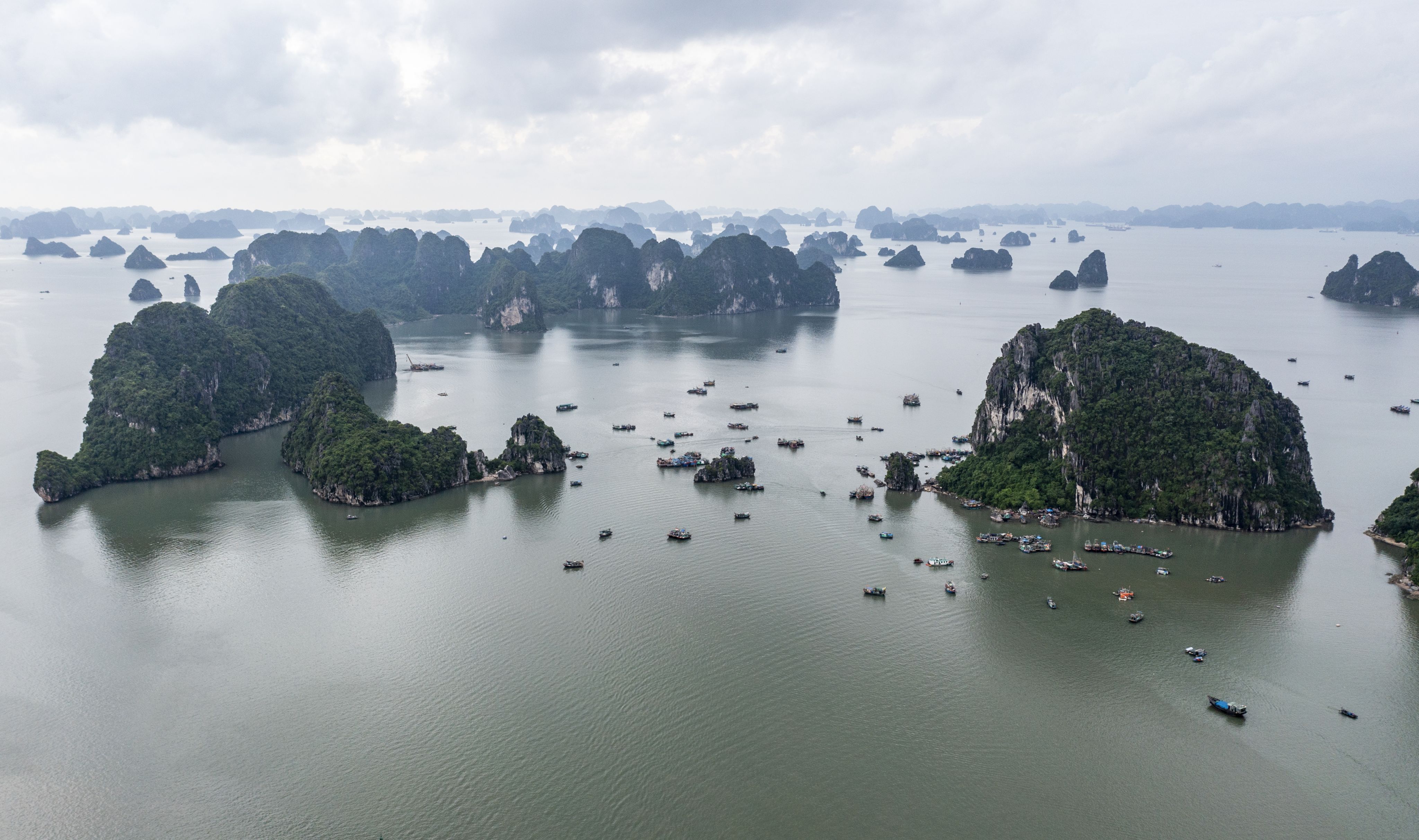





NATURAL CONDITIONS
Terrain
Quang Ninh has a diverse terrain from mountains to midlands, coastal plains, coastal areas and islands, creating a diverse climate, ecosystem and geology.
The complex mountainous terrain divides the province into two regions, including the East (from Tien Yen through Binh Lieu, Hai Ha, Dam Ha to Mong Cai City) and the West (from Tien Yen through Ba Che, north of Ha Long City and Uong Bi and gradually descends to the north of Dong Trieu town). The terrain of the coastal plain includes parts of Dong Trieu, Uong Bi, northern Quang Yen, southern Tien Yen, Dam Ha, Hai Ha and part of Mong Cai City, which is favourable for agricultural and transportation development.
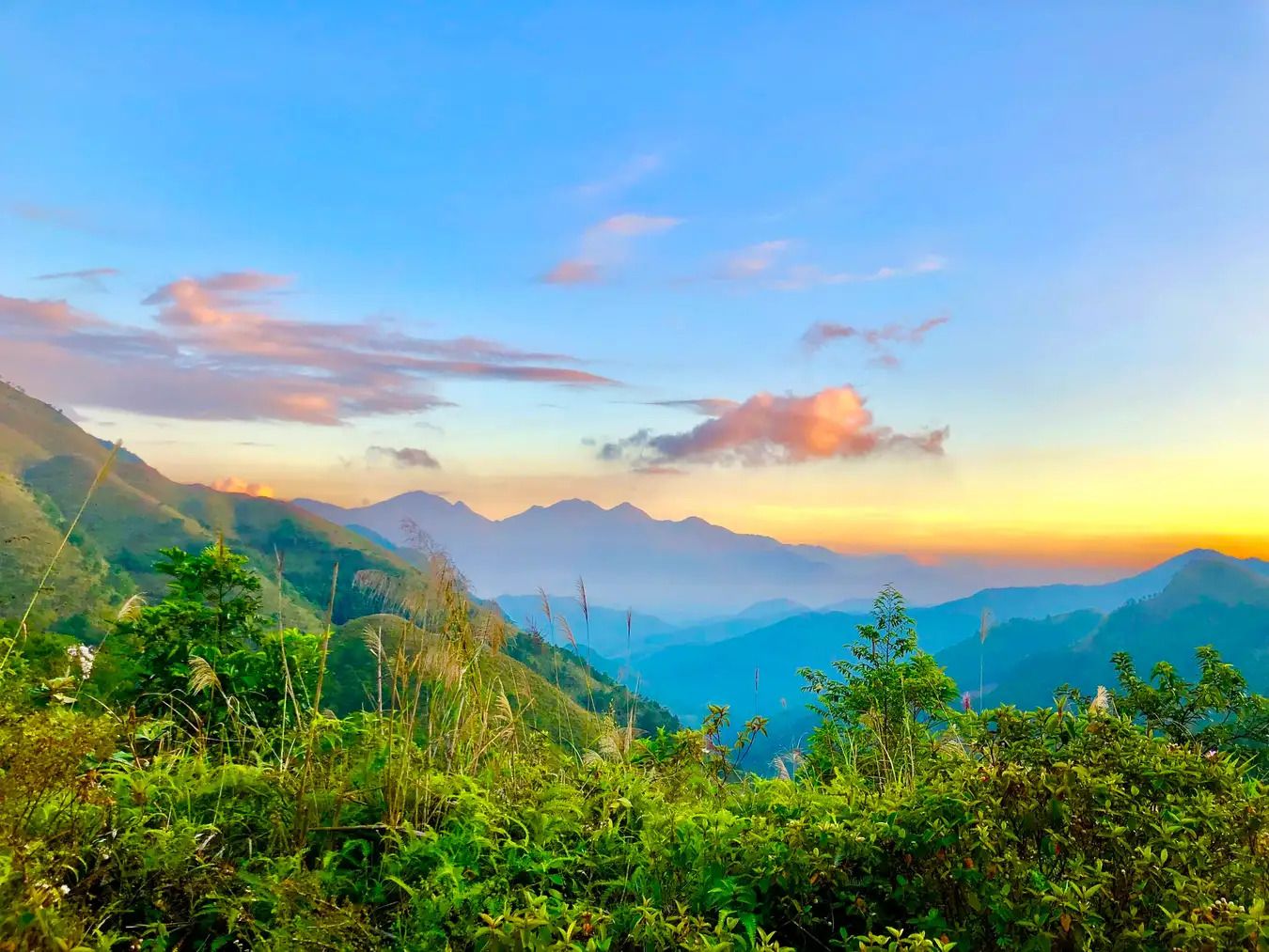
The divided mountainous terrain also creates population distribution and development, as well as regional differences between the east and west, the midland mountains and the coastal strip. The mountainous terrain also causes difficulties in economic development (including the limitation of land funds, and the lack of premises for economic development), as well as in preserving and ensuring the security and social order of the province.
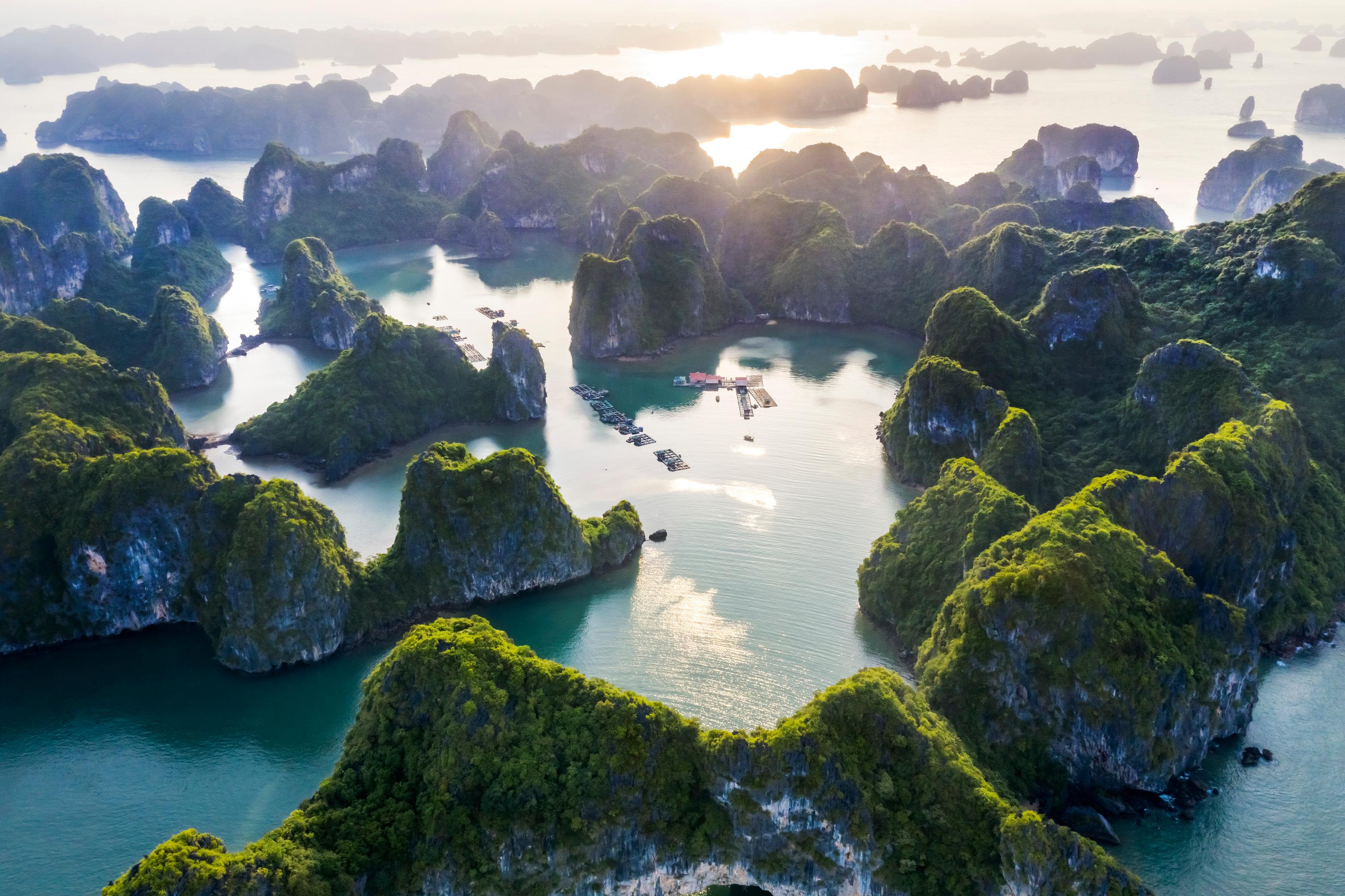
Ha Long Bay
Ha Long Bay
Quang Ninh has a coastal archipelago topography, which is a unique terrain consisting of islands of different sizes. In particular, Ha Long Bay and Bai Tu Long Bay are natural treasures that have exceptional value and unique magnificence, with thousands of limestone islands and white sand beaches, serving tourism and raw materials for glass technology.
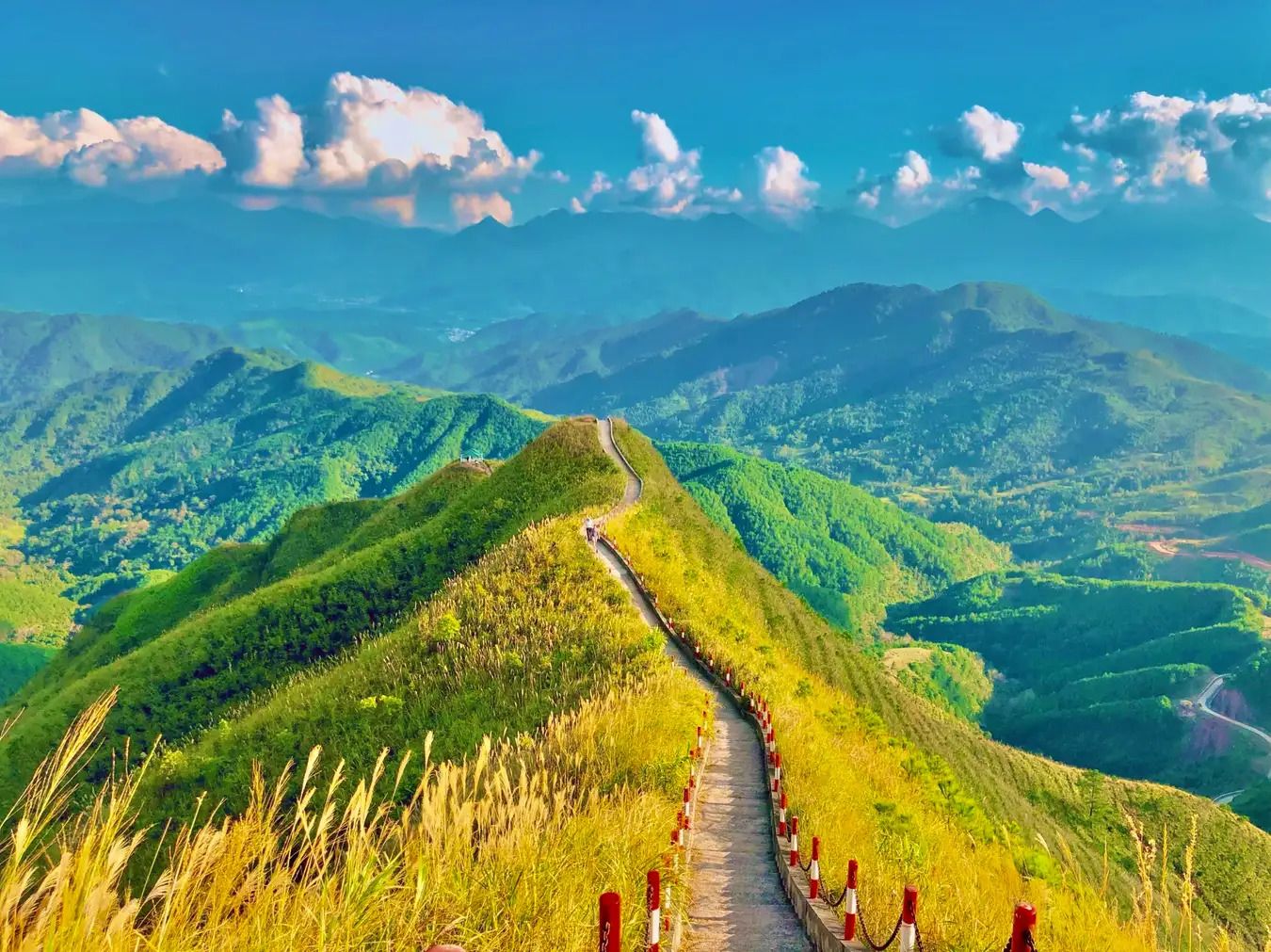
The seabed topography has reefs where diverse coral reefs grow, which is a favourable factor for the development of marine tourism. In particular, the seabed topography has deep creeks forming channels and ports on a sheltered coastline thanks to island corridors, facilitating the construction and development of seaport systems, especially deep-water ports that can accommodate large tonnage ships, and inland waterway ports to meet the needs of goods exchange with provinces in the region.
With more than 250km of coastline and 2,077 islands, it accounts for the majority of the country's islands, including large and medium-sized land islands such as Cai Bau 190km2, Tra Ban 76.4km2, Vinh Thuc 32.6km2, Ba Mun 23.4km2, Thanh Lan 16.8km2, Co To 15.6km2. The islands are suitable for residential living and economic development, as a stepping stone to the sea, and in protecting the sovereignty of the country.
In addition, Ha Long Bay has many rocky islands. Of which, Bai Tu Long Bay has many islands, possibly inhabited, with beautiful beaches, especially the 17km-long Tra Co Beach — the longest beach in Vietnam.
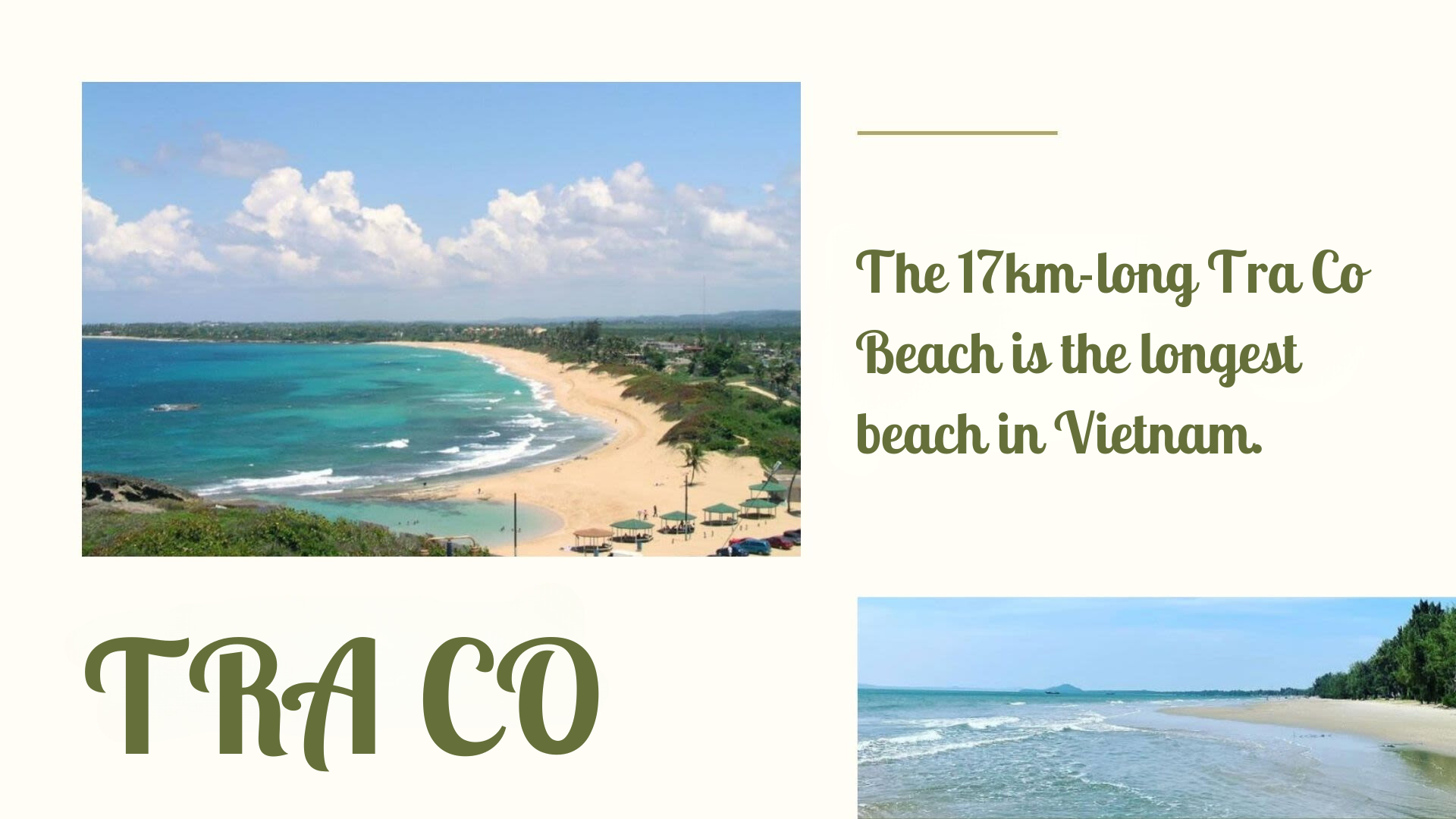
Quang Ninh's most valuable marine resources are Ha Long Bay and Bai Tu Long Bay.
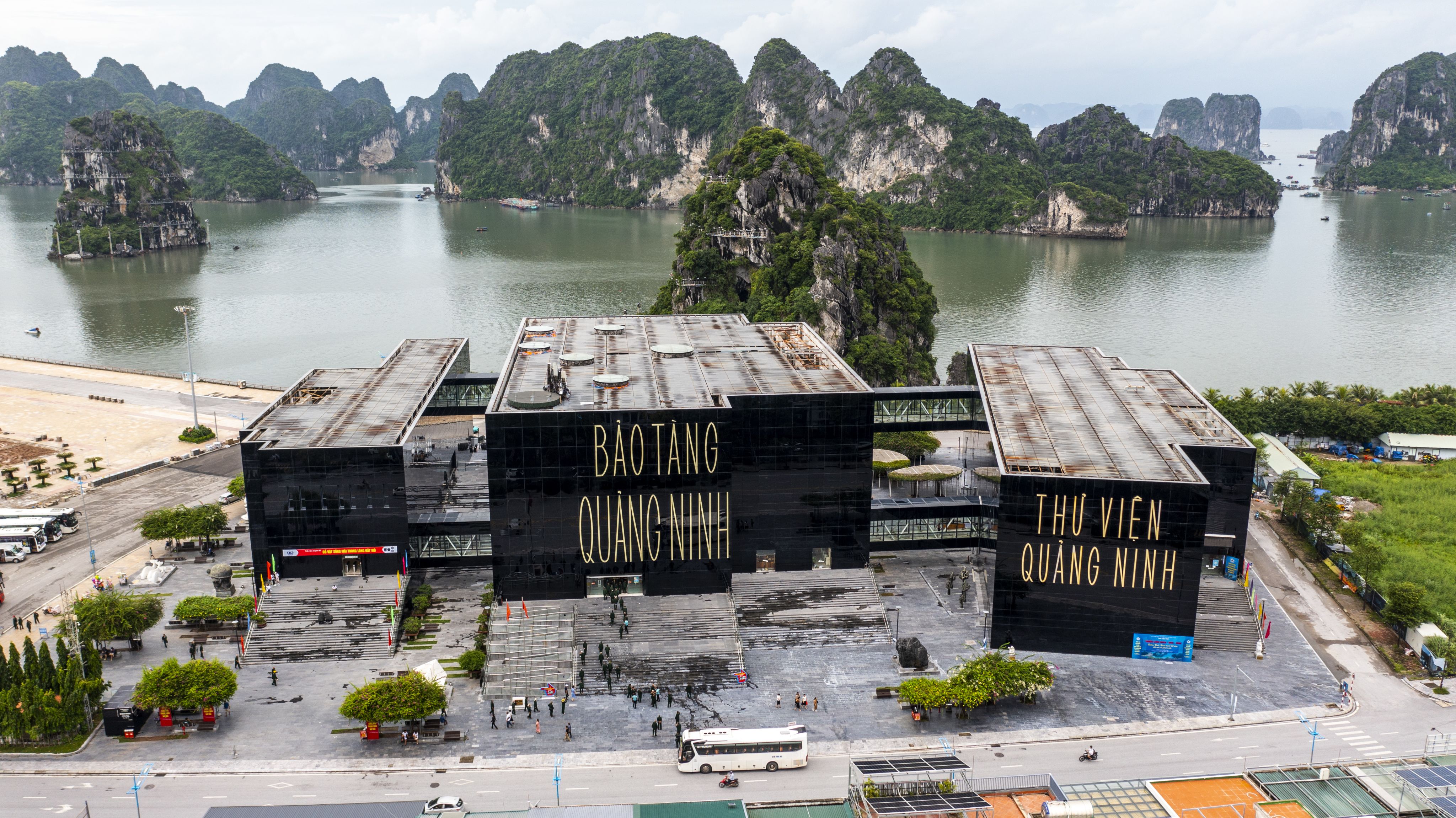
GEOLOGICAL
According to research, Quang Ninh has 21 geological units and 2 complexes of magma. Some units have discovered relevant minerals to serve the development of mineral exploitation and processing industries and construction materials production.
Ha Long is an excellent example of mature limestone karst in humid tropical conditions, with the most complete karst evolution over 20 million years since the Miocene period.
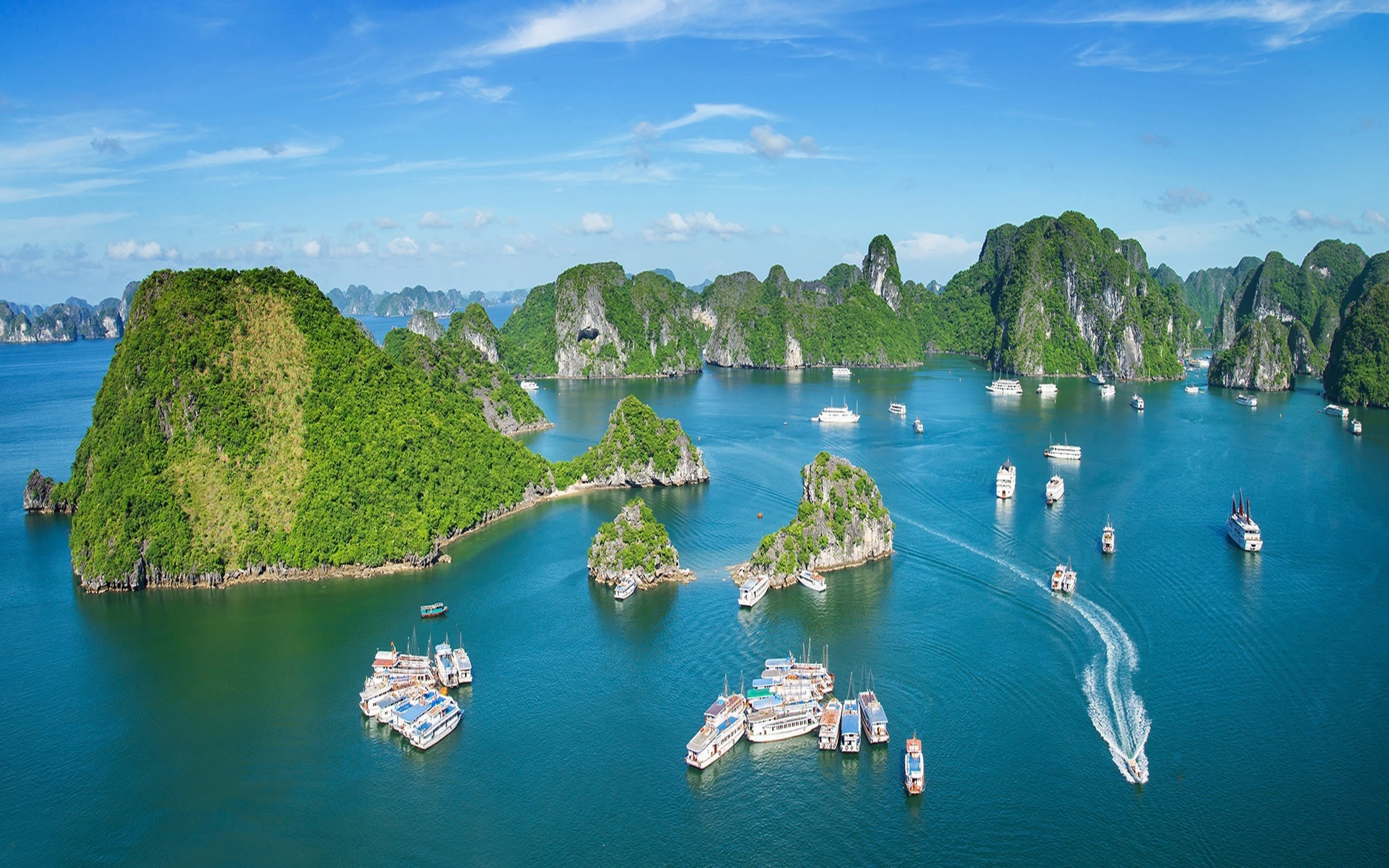
Ha Long Bay — a mature karst landscape in hot and humid tropical conditions encroached by the sea.
Ha Long Bay — a mature karst landscape in hot and humid tropical conditions encroached by the sea.
In terms of karst geology and geomorphology, Ha Long - Cat Ba is just a single region. Lan Ha Bay (Cat Ba - Hai Phong) has 139 clean lime sand beaches, many sand beaches connecting two rocky mountains, which provides suitable conditions for connection, supplementation, and mutual support in tourism development between Quang Ninh - Hai Phong.

CLIMATE
Due to the impact of the sea, Quang Ninh's climate is generally cool and warm all year round, favourable for the development of agriculture, forestry and many other economic activities. According to the World Bank (WB) 's assessment (in 2021), the Quang Ninh - Hai Phong coastal area is one of two areas in the country with potential for wind power.
BIODIVERSITY
Quang Ninh is also one of the areas with important biodiversity for Vietnam, with a rich number of animal and plant species concentrated mainly in a system of protected areas and national parks such as the Bai Tu Long National Park, Dong Son - Ky Thuong Nature Reserve, and Yen Tu National Forest. They have great value for socio-economic development (eco-tourism, supply of forest products, pharmaceutical sources precious materials); protecting the ecological environment; providing valuable genetic resources for education and scientific research.
Quang Ninh needs to balance the exploitation of natural resources with the conservation of nature, the tourism landscape, and environmental protection.
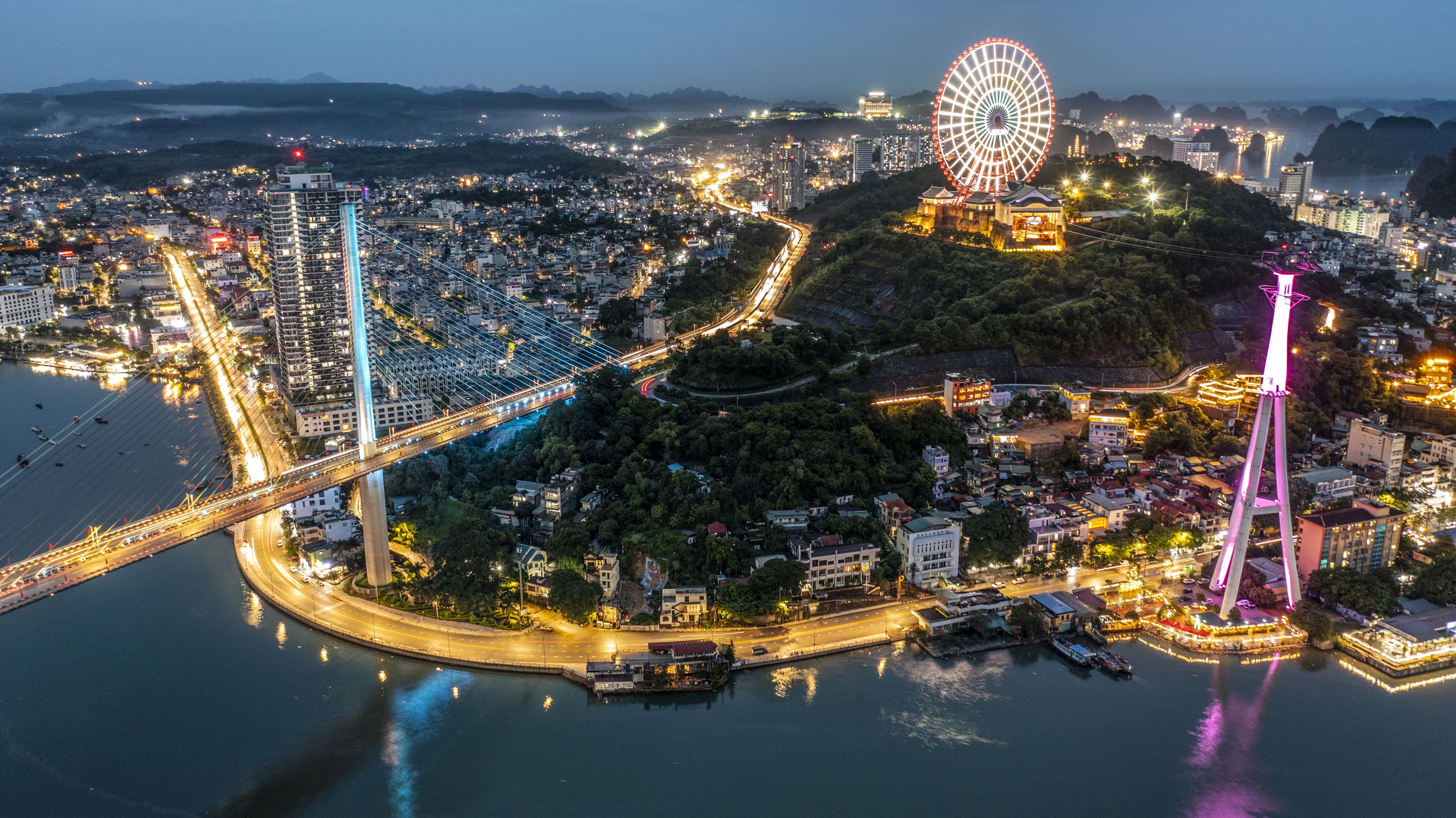
NATURAL RESOURCES
LAND RESOURCES
Quang Ninh has the largest area in the Red River Delta, accounting for 1.84% of Vietnam's total land area, however about 80% of the land area is mountainous. Agricultural land accounts for 75.4% of the total land area, but most of it is forest land, with 50,886 hectares of arable land, equivalent to 8.3%. In addition, the province also has a large area of unused land that can be exploited for the purpose of developing the construction industry.
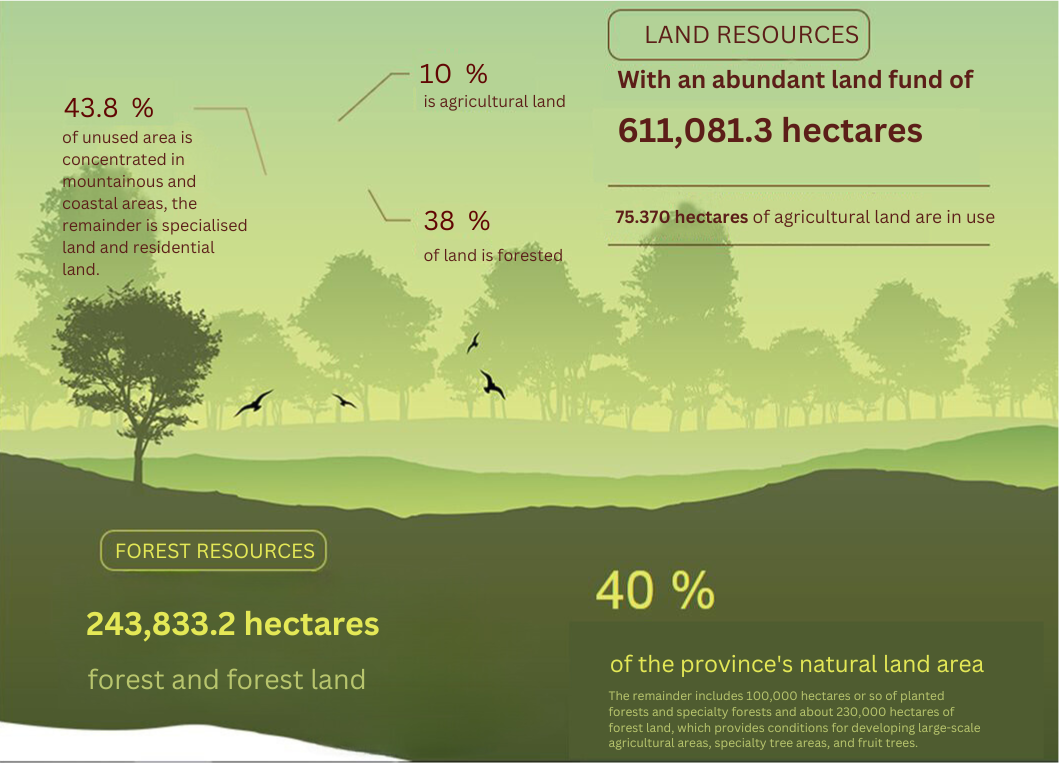
WATER RESOURCES
Water sources from reservoirs play an important role in stabilising water sources for domestic, industrial, and irrigation water supply. The potential of underground water resources is relatively rich, but the ability to exploit and use it for socio-economic development still faces many difficulties due to fragmented terrain and the distribution of aquifers mainly in cracks and tectonic rupture zones.
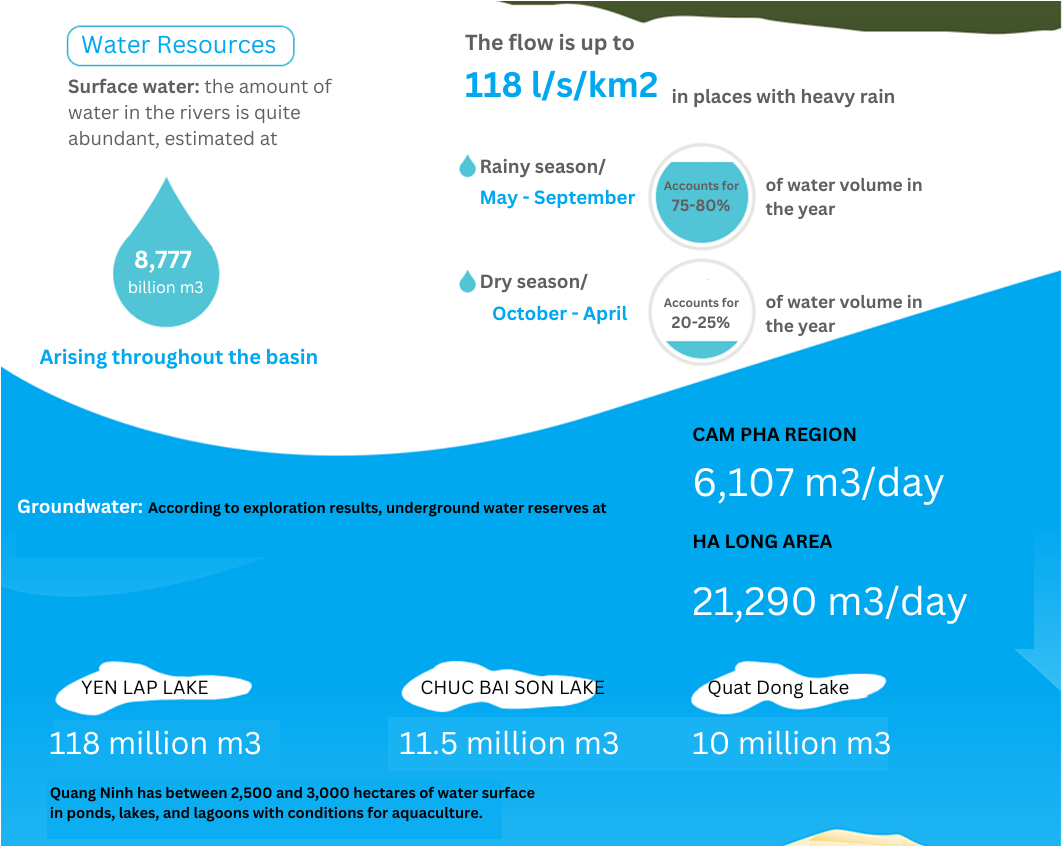
FOREST RESOURCES
Quang Ninh has 435,932 hectares under planning of three types of forests, with a coverage of 55%, much higher than the average rate of 40% in the country. Quang Ninh forests play an important role in preserving biodiversity, protecting watersheds, preventing erosion, regulating, and protecting the ecological environment, and providing high-value wood and non-wood forest products for the processing industry, meeting consumer and export needs.
MARINE RESOURCES
Quang Ninh has great strengths and potential to develop marine economic sectors. With a coastline length of more than 250km, 2,077 islands (accounting for the majority of islands in the country), over 40,000ha of tidal flats, more than 20,000ha of straits and bays, and a large fishing ground of over 6,100km2, Quang Ninh’s waters are home to many valuable species, creating great opportunities for aquaculture and fishing development, especially for export and the high-value food processing industry.
Quang Ninh’s coastal area also has many deep-water and wind-tight areas, which are favourable for the development of the seaport system, especially deep-water ports which can receive large ships and inland waterway ports that can accommodate goods exchange with provinces throughout the region. Quang Ninh’s most valuable marine resources are Ha Long Bay and Bai Tu Long Bay. Ha Long Bay was twice recognised by UNESCO as a World Natural Heritage for its landscape, geological and geomorphological value and was also honoured as one of the seven new natural wonders of the world.
Beaches such as Tra Co, Ngoc Vung, Minh Chau, and Quan Lan have the advantage of becoming tourist attractions. The system of islands with primaeval forests, featuring rich and rare ecosystems and animals, is suitable for promoting various types of exploration and adventure tourism.
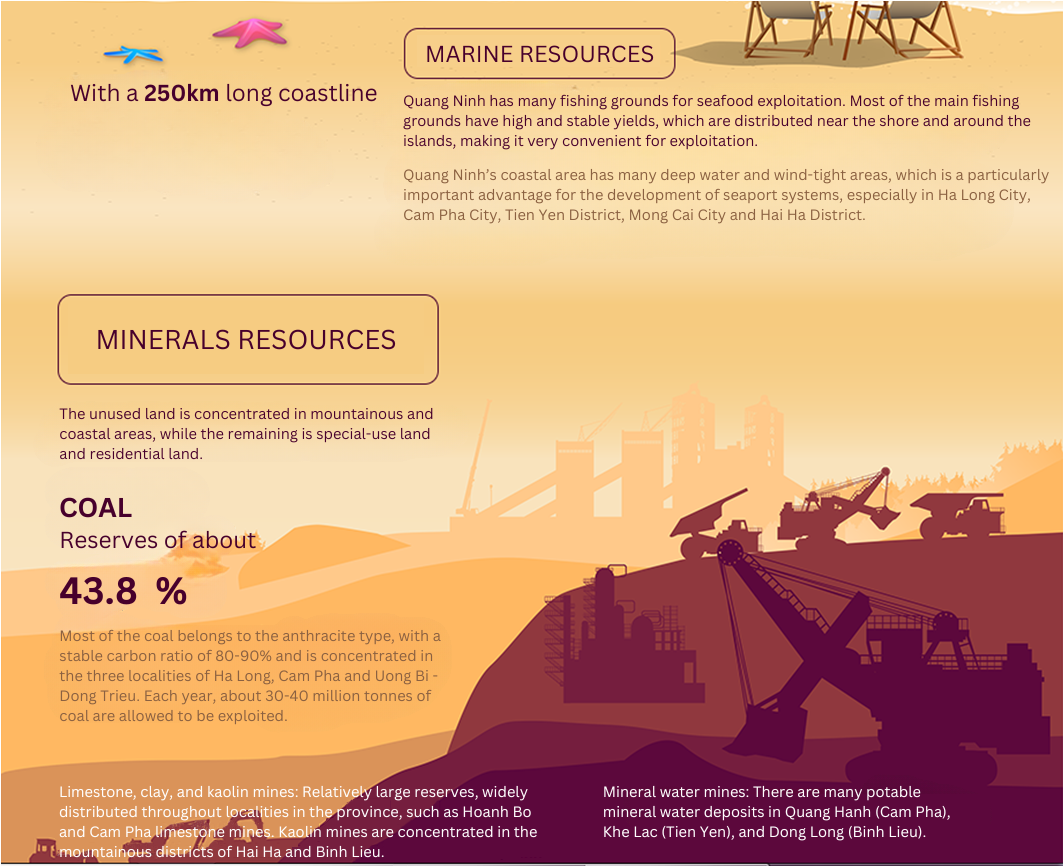
MINERALS RESOURCES
Quang Ninh has rich mineral resources with 209 mines and ore sites of 36 types of minerals that have been surveyed, explored and evaluated. Quang Ninh's coal reserve is estimated at 8.8 billion tonnes, stretching from Dong Trieu to Cam Pha, 3.6 billion tonnes of which is located at a depth of less than 300 metres, making it the locality with largest coal reserves in Southeast Asia, supplying mainly anthracite coal with high durability and carbon content.
Quang Ninh is Vietnam's number one centre for coal resources, accounting for more than 90% of the country's coal output. Quang Ninh is also home to Vietnam’s only oligocene coal in Dong Ho, with reserves of about 4.21 million tonnes. With such huge coal resources, Quang Ninh has become the largest coal mining and power production centre in the country.
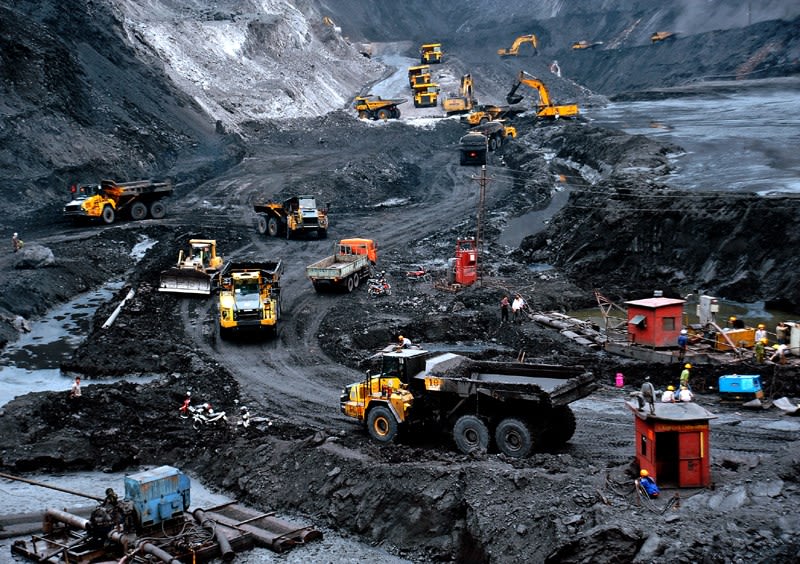
The mining site of Coc Sau Coal Joint Stock Company
The mining site of Coc Sau Coal Joint Stock Company
However, Quang Ninh also faces the conflicts between economic development, which is based on mining industry and coal power, and environmental protection and tourism landscape preservation; and between exploitation of natural resources to ensure national energy security and the goal of reducing CO2 emissions to zero by 2050.
MINERAL WATER RESOURCES
Mineral water resources at five mines and mineral water sites — Quang Hanh and Tam Hop in Cam Pha District, Khe Lac (Tien Yen District), Dong Long (Binh Lieu District), and Cai Chien (Hai Ha District) — can be put into use to serve tourist activities, medical examination and treatment, and beverage production.
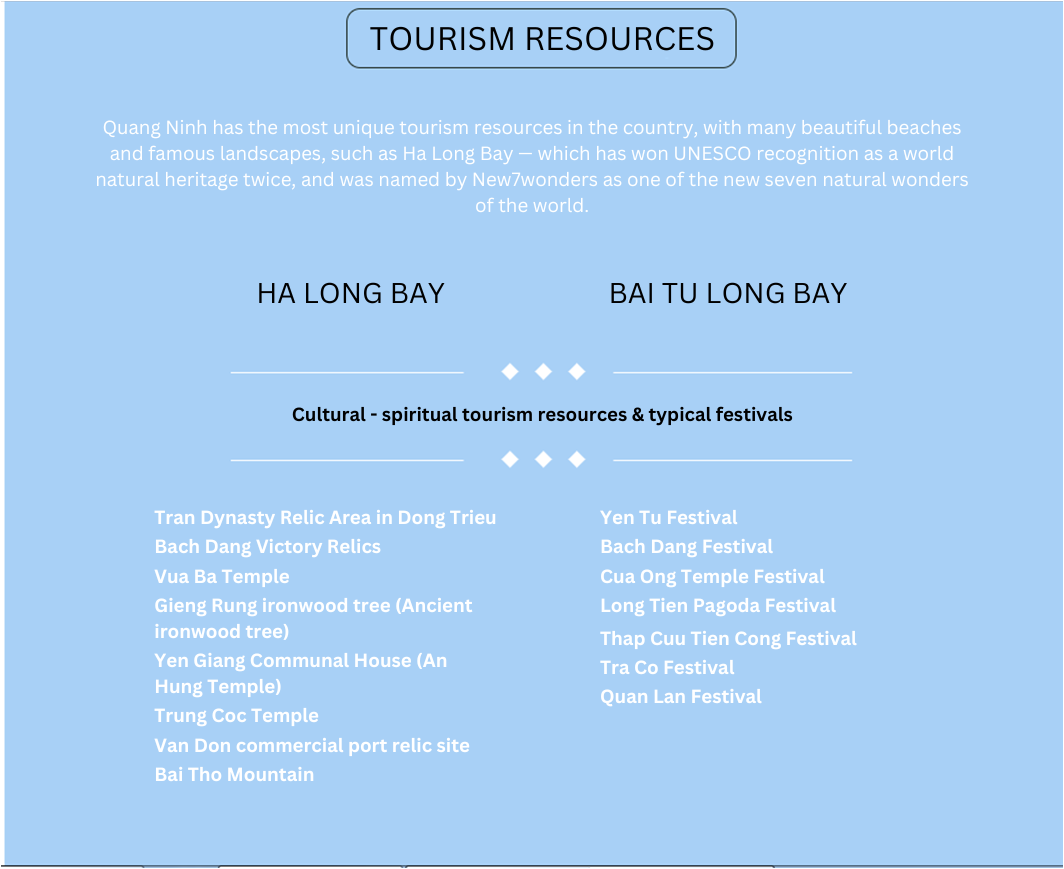

With strong advantages in its rich natural resources, Quang Ninh has favourable foundations for economic development, industrialisation, and urbanisation. However, some of the province's advantages are concentrated in the same locations, leading to conflicts in development, especially in the Ha Long region.
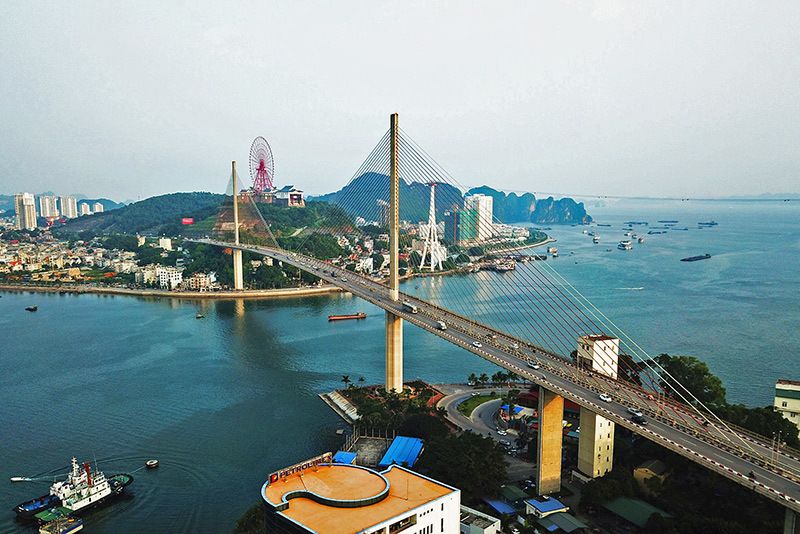
Therefore, Quang Ninh needs to balance the exploitation of natural resources with the conservation of nature and tourism landscapes as well as environmental protection.
Quang Ninh has the largest natural area in the Red River Delta, accounting for 1.84% of Vietnam's total land area; however, about 80% of its land area is mountainous.
Quang Ninh is Vietnam's number one centre for coal resources, accounting for more than 90% of the country's coal reserves.
Quang Ninh has great advantages and potential to develop sea-based economy.
Quang Ninh has an area of over 12,000 square kilometres, including 6,206.9 square kilometres of land and sea surface area.
Quang Ninh has diverse terrain from mountains to midlands to coastal plains, coastal areas, and islands, creating diversity in climate, ecosystem, and geology.
Published: October 2023
Production manager: Viet Anh
Content: Thien Lam
Translation: NDO
Design: Hanh Vu
Photo: Thang Nguyen, Quang Ninh Newspaper, quangninh.gov
